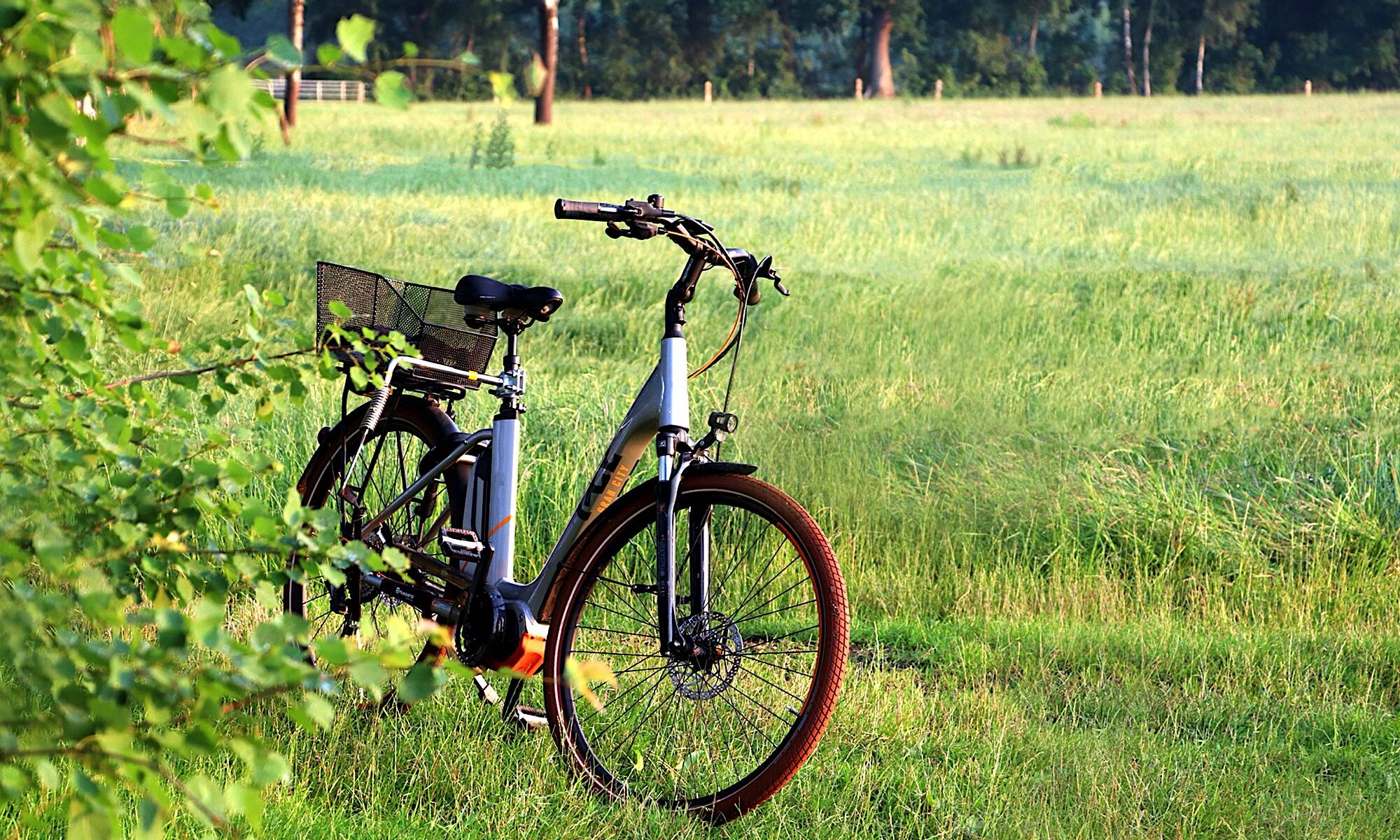Electric bike technology has come along way in just a few years. Today, e-bikes have a range of 20 km or more on a single charge. With good distance and relatively high speeds, they can be used as a primary source of transportation in some places. While initial costs are not insignificant, running costs are barely noticeable on a power bill.
E-bikes are different from scooters in that they have a traditional layout with pedals, a seat, and a basket or panniers for cargo. This allows the rider to choose a power mode that based on physical ability and comfort. If the road is flat and the wind is from behind, they can be pedalled like a regular bike. If the road is uphill, then the e-bike motor can provide all the power needed to quickly climb an ascent without breaking a sweat.
There are three basic types of electric bikes: street, mountain, and folding. Street bikes are great for getting around urban areas. A quality bike will easily keep up with traffic in a city core area. They can be parked almost anywhere or brought indoors. Folding bikes are convenient if you live in an apartment or need to store a bike at work. Just fold, carry, and store in the space the size of a suitcase.
For off-road use, a mountain bike version give the rider extraordinary range to explore forest paths and trails. These have more power than an ordinary e-bike and are able to tackle steep inclines and other adverse conditions with ease. Added speed and endurance can turn an ordinary mountain biking trip into something much more enjoyable.
Safety first
There are some things to be aware of when considering an e-bike purchase. Depending on the maximum speed of the bike, either a bike or motorcycle helmet is mandatory. A smart rider will wear personal safety equipment, too, such as boots and a padded jacket and never underestimate the force of a low speed collision or fall on the human body.
Some apartment buildings don’t allow e-bikes inside due to the risk of fire from the lithium ion batteries. When researching bike insurance, be explicit with your broker about where it will be stored and how it will be used. Check with your building manager for rules about parking and storage.
Contact me today for more information on properties for sale.


